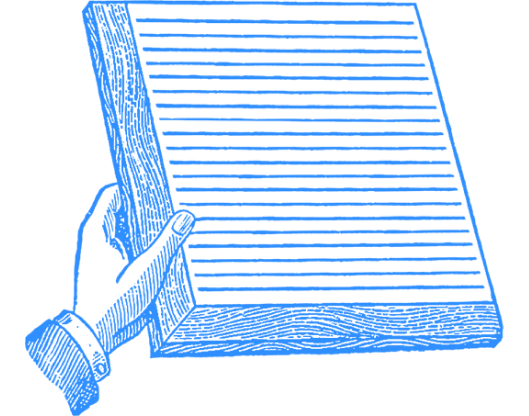
President Obama and his congressional allies greeted the Congressional Budget Office’s latest estimates of the Kennedy-Dodd legislation with great enthusiasm. The cost had come down, we were told, even as more people would get covered.
But, as others have already noted, there was an awful lot of spin in the media coverage of what CBO actually said. For starters, it’s clear the Kennedy-Dodd bill, even as amended, would still cost a fortune. CBO’s new estimate shows a ten-year cost of about $600 billion for the bill, but that estimate excludes the cost of covering Americans with incomes below 150 percent of the poverty line under Medicaid, which is not yet part of the Kennedy-Dodd draft but is central to the overall Democratic reform framework. That addition alone would add at least $500 billion to $600 billion to the tab, and perhaps much more, putting the total cost of Kennedy-Dodd, even as revised, at well over $1 trillion for the decade.
Still, CBO did say Kennedy-Dodd 2.0 would cost less than the original version. In mid-June, CBO projected that the health-insurance subsidies provided in the original bill would cost $1.279 trillion over a decade. But, in the new version of the legislation, those subsidies would cost $723 billion over ten years — or $556 billion less.
So how does the new, apparently leaner Kennedy-Dodd bill cut the subsidy costs?
Part of the answer is a scaling-back from an outlandishly expansive starting point. The original version of Kennedy-Dodd contemplated subsidizing households with incomes all the way up to 500 percent of the poverty line. Even House Democrats found that to be too much. So Kennedy-Dodd 2.0 now sets the income limit at 400 percent of poverty.
But, beyond the lower income threshold, Senate Democrats, including Finance Committee Chairman Max Baucus, have also discovered the budgetary virtues of heavy-handed government decrees. If you want to expand insurance coverage, you can simply make people sign up for a plan — whether they want to or not. And to keep costs down for the government, you subsidize only those who get insurance outside of the workplace — and then write rules that make it nearly impossible for anyone to fall into that category. Presto! Government-run health-care paid for with the hidden taxes of government mandates.
According to the Census Bureau, there are about 102 million Americans under age 65 living in households with incomes between 150 and 400 percent of the poverty line — the presumed target population for subsidized insurance in the Kennedy-Dodd bill. But CBO said only about 20 million people in 2014 would get the subsidies under the revised version of the legislation. That’s because the authors sought to create a so-called “firewall” to prevent most workers from getting insurance outside the workplace if their employer offered a plan. And, of course, the bill would also impose severe, per-worker penalties on any employer that didn’t offer approved coverage. Only workers who would have to pay more than 12.5 percent of their income for a job-based plan could opt to get their insurance through the subsidized insurance arrangements, which CBO apparently assumes will be a relatively small number of people.
What’s ironic is that mandating enrollment in job-based insurance is about the most regressive way possible to expand coverage. Despite the perceptions, employment-based health insurance is financed by workers, not firms. The premiums for coverage implicitly reduce the cash compensation workers take home. In most companies, workers pay the same implicit premium for health insurance regardless of their age or health status or salary. That means the cost of enrolling in job-based coverage falls more heavily on low-wage workers than higher-salaried employees, which is why such a large percentage of the uninsured are in households that have access to a plan but choose not to enroll.
Democrats used to be sympathetic to the financial strain these workers are under. But that was before CBO said their sympathy would be expensive. So now the emerging plan is to make tens of millions of Americans pay more than they do today for government-approved insurance organized by their employer. That’s really their only choice. If they don’t take it, they will face a large financial penalty. Great deal, huh?
Congressional Democrats are between a rock and a hard place. They desperately want to pass a bill they can label “universal coverage,” but they have no coherent plan for making health-care provision more efficient and less costly. Thus, expanding coverage with new federal subsidies for a large segment of the population in the current cost environment is prohibitively expensive. Presented with these facts, the lead Democratic Senators could have chosen to write a more sensible reform plan focused first on building a functioning marketplace in which cost-conscious consumers would drive out unnecessary costs. But, instead, they have decided to plow ahead with their “universal coverage” plan, only now they want to impose the high cost of it on struggling workers. Their only hope is that the bill will pass before the public discovers what they are up to.

